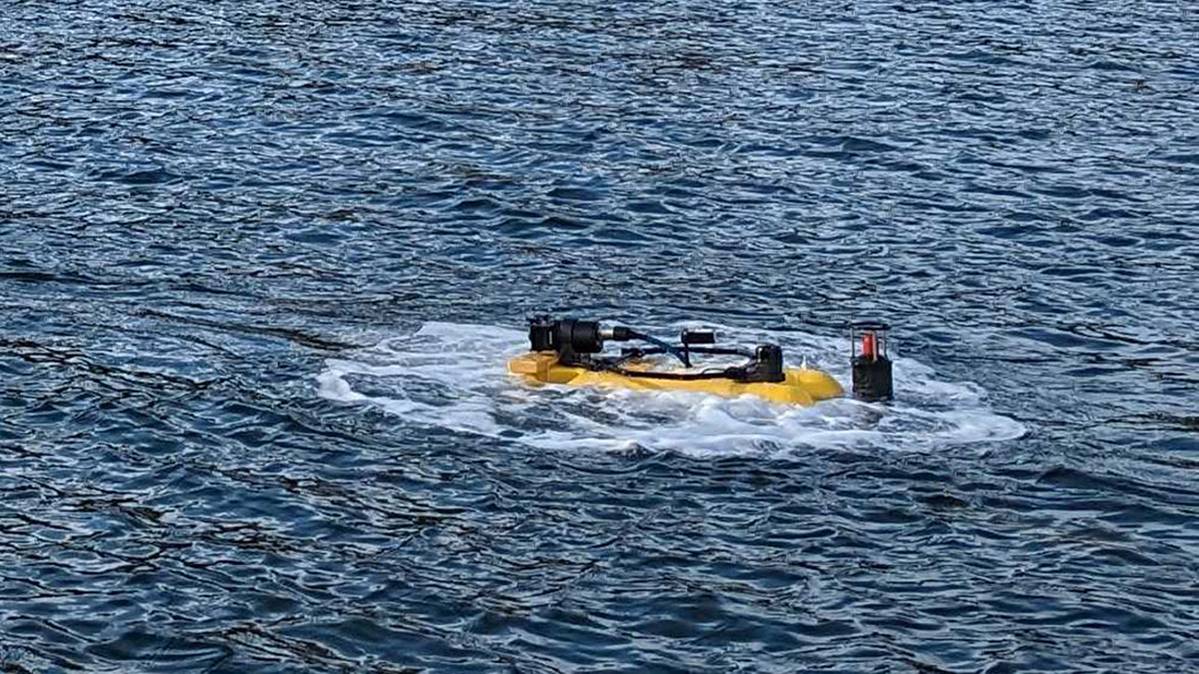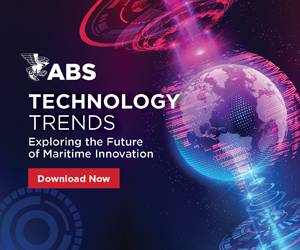Somewhere, Over The Horizon. Robots Fly.
Greensea Systems’ OPENSEA Edge™ and Safe C2™ can keep ROV pilots onshore – reducing risk and costs
With thousands of miles of pipeline and infrastructure to inspect, the use of ROVs for inspection and intervention tasks are normal operating procedures for offshore energy. The ROV team often consists of multiple pilots or subject matter experts along with launch crews and maintenance personnel. This adds up to a lot of crew members needed just to operate the ROV from a floating vessel.
What if the ROV could be controlled from an entirely different location? This is where Safe C2 comes in. The idea behind the Safe C2 technology originated from use in the military for explosive ordnance disposal. This is a very clear case for getting the ROV crew as far away from the vehicle as possible in case of accidental explosion. For offshore energy, the motivating factors behind moving crew off the offshore vessels aren’t quite as clear cut as being blown up, but there is a reduction to employee risk if crews stay onshore. It also frees up more ship space while providing an alternative to crews going to sea.
The technology hurdles
Moving the crew further away poses several technology hurdles. The first is data management. ROVs transmit a large amount of data along the tether to the crew on the surface. High definition video and sonar data are really big chunks of data that are happy to run along the high bandwidth of fiber optic or ethernet cables in the tether. Once that data needs to be transmitted over the lower bandwidth connections of radio, cellular, or satellite, problems appear. Safe C2 addresses the data management challenge by reducing and managing the amount of transmitted data to optimize whichever communications link is available while dynamically allocating bandwidth based on tasks.

The next technology hurdle to overcome is the operator situational awareness. When the crew is onboard the vessel there are several physical and visual clues that the ROV operator is processing while flying the ROV. When these clues are removed, the technology has to compensate for this loss of situational awareness. In addition, Safe C2 also addresses the length of time and further distance that the data needs to travel. It does this by managing the latency and synchronization of the data stream. It also provides user interface elements that are optimal for situational awareness.
One of the remaining challenges to overcome if the crew is no longer on the vessel is tether management. Safe C2 provides active and autonomous tether management which includes tether modeling in the water column that predicts the optimal length required.
Remove the tether
With Safe C2, the crew is removed from the surface vessel but there is still a physical tethered connection between the subsea ROV and the surface vessel. But what if you could remove the tether completely? This is where OPENSEA Edge comes into play (along with acoustic modems and batteries). Acoustic modems are, for the most part, a low bandwidth and high latency means of communication. Small pieces of data take a long time to travel. One way to avoid the small/slow data lane is to not send any data at all and let the ROV do the processing. OPENSEA Edge does exactly that – putting the processing power on the ROV so less data is sent by the acoustic modem.
OPENSEA Edge is a hardware and software stack residing on any ROV. OPENSEA Edge includes the OPENSEA robotics platform providing data processing, navigation, autonomy and vehicle control; Safe C2 communications package and additional space for any third party artificial intelligence and machine learning libraries. Armed with AI software such as automatic target recognition, the ROV processes its own data, sending alerts when it recognizes objects of interest and sending data only when needed to an operator on-the-loop, who can intervene or instruct only when needed.
Once the ROV can pick up some of the processing power, operators change from pilots commanding every move, to supervisors observing, ready to pass on instructions as needed. Armed with batteries and the ability to recharge subsea, the ROV can now become a resident ROV and the ROV supervisor can manage not just one ROV but entire fleets of ROVs.
Safe C2 and OPENSEA Edge have been successfully demonstrated at sea using both tethered and untethered ROVs. During Offshore Technology Conference, Houston, TX in May, Greensea will be demonstrating the Safe C2 technology.

